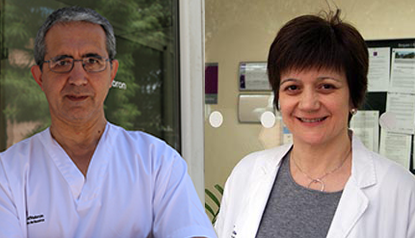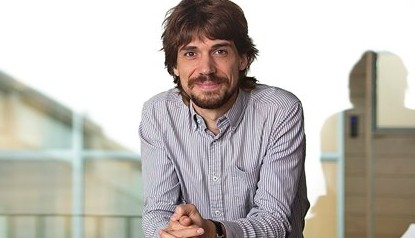PATIENT REGISTRY
The National Patient Registry is the database gathering the main characteristics of patients affected with CMD1A all over Spain.
Currently, in Spain, there is no other registry of people affected with CMD1A. Creating this registry has many benefits, because it helps to discover how many people we are, and which are our main features. The importance of this information lies on its usefulness, on one side for developing clinical studies with patients, and on the other side to characterise the disease.
The registry we are developing is compatible with the one of Cure CMD, the organisation gathering the majority of patients with congenital muscular diseases.
For more information about our patient registry, don’t hesitate to contact us in registro@impulsate.org
We’ll be delighted to hear from you.






